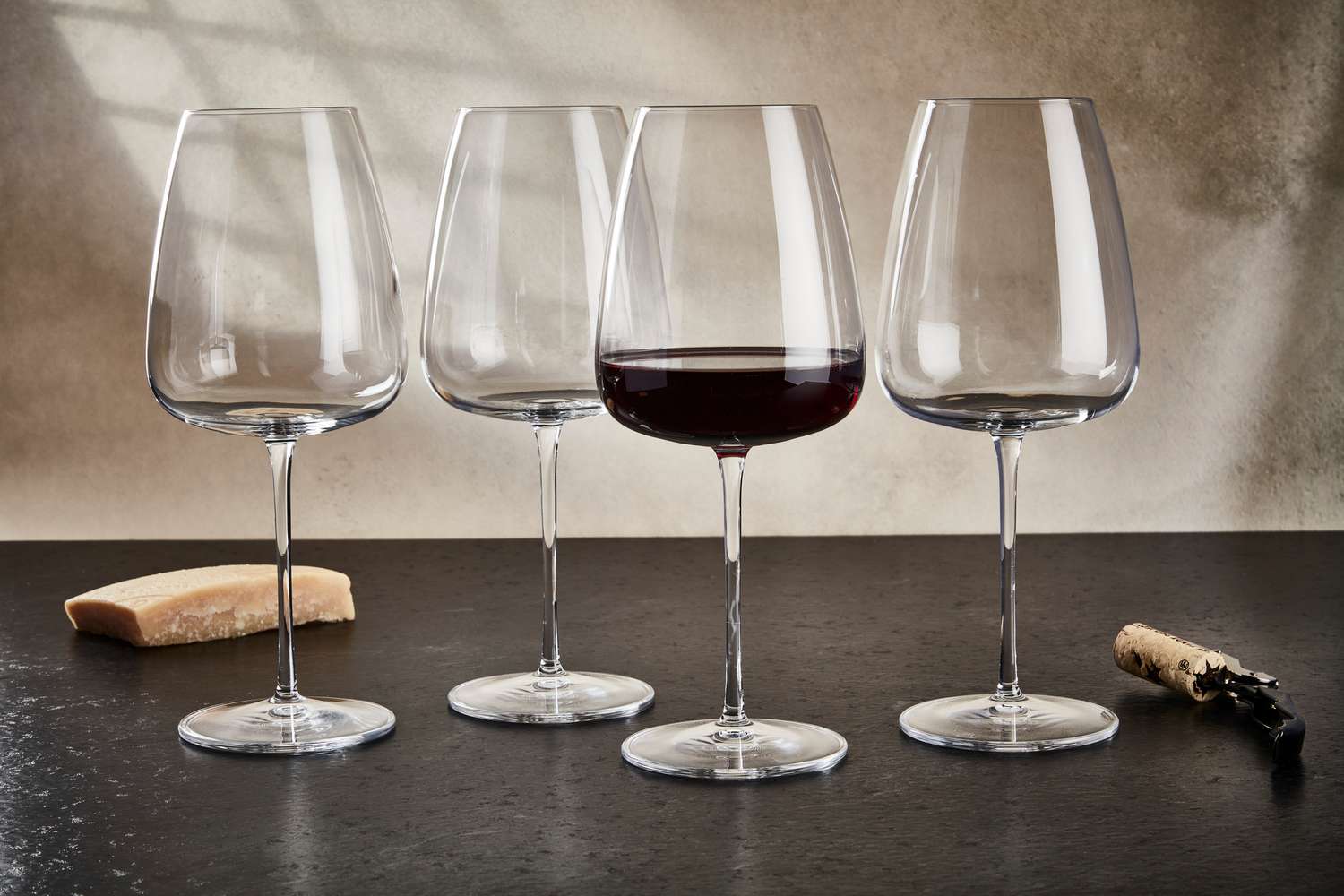

Tableware
When Were Wine Glasses Invented?
Modified: January 6, 2024
Discover the history of wine glasses and their invention. Dive into the world of tableware and learn about the origins of this essential glassware.
(Many of the links in this article redirect to a specific reviewed product. Your purchase of these products through affiliate links helps to generate commission for Storables.com, at no extra cost. Learn more)
Introduction
Tableware has played an essential role in human civilization for centuries. From ancient times to the modern era, the way we dine and present our food and drink has evolved, leaving a lasting impact on our social interactions and cultural practices. One particular aspect of tableware that has garnered significant attention over the years is the wine glass.
Wine glasses are not simply vessels to hold and drink wine; they are a symbol of sophistication, elegance, and refinement. But have you ever wondered when wine glasses were first invented? How did they evolve throughout history to become the exquisite pieces of drinkware that we see today? In this article, we will delve into the fascinating journey of wine glasses and explore their origins and development over time.
Key Takeaways:
- Wine glasses have a rich history dating back to ancient civilizations, evolving from simple vessels to intricate pieces of craftsmanship. Each era has left its mark on the design and functionality of wine glasses, reflecting cultural, artistic, and technological advancements.
- Modern wine glasses focus on enhancing the sensory experience and versatility, offering options for both casual and refined settings. From universal glasses to specialized designs, wine glasses continue to play a significant role in our enjoyment of wine.
Read more: When Were Glass Mirrors Invented
Early History of Drinking Vessels
The use of vessels for drinking dates back to prehistoric times. In ancient civilizations, people relied on various materials like animal horns or shells to hold and consume liquids. These early drinking vessels were simple in design, serving the basic purpose of containing and delivering liquids to the mouth.
However, as human civilizations advanced, so did the craftsmanship and techniques used to create drinking vessels. Ceramic pottery emerged as a popular material for creating durable and aesthetically pleasing vessels. Ancient Egyptians, Greeks, and Romans were known for their exquisite pottery designs, many of which featured intricate patterns and vibrant colors.
Drinking vessels during this period were often shared among a group, emphasizing the communal aspect of dining and socialization. Wine, in particular, played a significant role in ancient societies and was often enjoyed in large gatherings and celebrations.
The Birth of Glassmaking
The invention of glassmaking revolutionized the world of drinking vessels. The exact origins of glass are still debated, but it is believed to have emerged around 3500 BCE in Mesopotamia, modern-day Iraq. The first glass objects were not transparent but rather opaque and used for decorative purposes.
Over time, glassmaking techniques improved, allowing for the production of translucent and eventually transparent glass. This breakthrough opened up new possibilities for the creation of glass drinking vessels that showcased the vibrant colors of the beverages they contained.
One of the earliest glass vessels created was the core-formed glass vessel, produced by winding molten glass around a core, which was later removed to create a hollow interior. These vessels were often adorned with intricate patterns and designs, showcasing the artistic skill of glassmakers during that era.
Ancient Wine Vessels
Wine has been an integral part of human civilization for thousands of years, and ancient cultures developed various vessels specifically for the storage and consumption of wine.
In ancient Mesopotamia, clay amphorae were commonly used to store and transport wine. These large, narrow-necked vessels allowed for easy pouring and came in various shapes and sizes, depending on the region and time period.
Ancient Egyptians also had their unique wine vessels, such as the kylix, a shallow cup with two handles that originated in ancient Greece but was adopted by Egyptian nobility. The kylix was often decorated with intricate hieroglyphics and scenes of feasting, symbolizing the importance of wine in their culture.
As the Roman Empire expanded, so did their wine culture. The Romans introduced the concept of the wine bottle, called a “ampulla,” made of glass or ceramic, and sealed with wax or clay. These bottles were typically stored in cellars or transported on long journeys, preserving the quality and flavor of the wine.
In ancient China, wine vessels took on a more ceremonial and artistic role. The “guang” and “zun” were elegant bronze vessels used to hold wine during religious rituals and formal banquets. These vessels displayed intricate engravings and inscriptions, showcasing the advanced metalworking skills of the time.
Each ancient civilization had its unique wine vessels, reflecting the cultural significance and rituals associated with wine consumption during those times. These vessels not only served a functional purpose but also acted as status symbols for the privileged classes.
Evolution of Wine Glasses
The evolution of wine glasses can be traced back to the late Middle Ages when the concept of drinking vessels specifically designed for wine began to emerge. Initially, wine was consumed from shallow bowls or cups without stems.
As the popularity of wine grew among the European nobility, the need for more refined and specialized wine vessels became apparent. Glassmakers started to experiment with different shapes and designs to enhance the wine-drinking experience.
During the Renaissance period, wine glasses began to take on a more recognizable form. The Venetians, known for their glassmaking expertise, developed the “Roemer” glass, characterized by a round bowl, a thick stem, and a wide foot. These glasses were often embellished with engraved patterns or colored glass accents, adding a touch of elegance to the drinking experience.
In the Baroque period, wine glasses became even more elaborate. The “Air Twist” stem was introduced, featuring a twisted glass design that added an element of visual interest and sophistication. The bowls of the wine glasses also became larger, allowing for better appreciation of the wine’s aroma and flavor.
With the advancement of glass production techniques in the 18th century, wine glasses underwent significant changes. The Georgian period saw the emergence of the “Baluster” glass, characterized by a stem with a bulbous shape and a larger, more rounded bowl. These glasses were often decorated with engraved or etched designs, showcasing the craftsmanship of the era.
In the 19th century, the Industrial Revolution led to mass production of glassware, making wine glasses more accessible to a wider range of people. The introduction of the “Bourdeaux” and “Burgundy” glass shapes catered to the specific needs of different wine varietals, allowing for optimal wine tasting experiences.
Throughout the centuries, wine glasses evolved not only in terms of aesthetics but also in their functionality. The shape of the bowl, the length of the stem, and the thickness of the glass were all carefully designed to enhance the wine-drinking experience, allowing for the appreciation of the wine’s aromas, flavors, and visual presentation.
Wine glasses were first invented in ancient Rome, around the 1st century AD. They were originally made of metal or ceramic before the use of glass became popular.
Read more: When Were Glass Windows Invented
Renaissance and Baroque Period
The Renaissance and Baroque periods marked a significant shift in the design and aesthetics of wine glasses. During this time, glassmakers began to explore new possibilities in craftsmanship, resulting in wine glasses that were not only functional but also works of art.
In the Renaissance period, wine glasses took on a more elegant and sophisticated form. The Venetians, renowned for their glassmaking skills, led the way in creating intricate and ornate designs. The “Roemer” glass emerged as a popular style, characterized by a wide, rounded bowl, a thick stem, and a wide foot. These glasses often featured colorful enamel decorations and ornate gold leaf embellishments, elevating the drinking experience to a luxurious level.
The Baroque period witnessed an even greater level of opulence in wine glass design. Glassmakers began incorporating intricate engravings, cut patterns, and gilded accents into their creations. The “Air Twist” stem became a popular style, with delicate twisted glasswork that added a touch of elegance and sophistication to the overall design. The bowls of the glasses also became larger, allowing for better appreciation of the wine’s aroma and flavor.
The use of glass as a canvas for artistic expression reached its peak during the Baroque period. Elaborate motifs and designs were etched onto the glass, showcasing the skill and creativity of the glassmakers. These intricate designs often featured mythical creatures, floral patterns, and historical scenes, transforming wine glasses into miniature works of art.
The Renaissance and Baroque periods were characterized by a desire to showcase wealth and opulence, and wine glasses became an important symbol of status and refined taste. The meticulous craftsmanship and attention to detail demonstrated by glassmakers during this time elevated wine drinking to a truly luxurious experience.
The Wine Glasses of the 18th and 19th Centuries
The 18th and 19th centuries witnessed further advancements in glassmaking technology, leading to the creation of wine glasses that were not only visually stunning but also perfectly suited for enhancing the wine-drinking experience.
During the 18th century, the Georgian period saw the emergence of new glass shapes and designs. The “Baluster” glass became popular, characterized by a stem with a bulbous shape and a larger, more rounded bowl. These glasses were often decorated with finely engraved or etched designs, reflecting the intricate craftsmanship of the era.
One notable development during this time was the shift towards more delicate and lightweight glassware. Lacy and intricate glasswork became highly sought after, exemplifying the elegance and refinement of the period. The delicate nature of the glasses was achieved through the invention of new glassblowing techniques, allowing for thinner and more precise glass formations.
The 19th century brought with it the Industrial Revolution, leading to significant advancements in glass production and mass manufacturing. This resulted in wine glasses becoming more affordable and accessible to a wider range of people. The introduction of the “Bordeaux” and “Burgundy” glass shapes catered to the specific needs of different wine varietals, allowing for optimal wine tasting experiences. These glasses featured larger bowls that allowed the wine to breathe and reveal its full range of aromas and flavors.
Throughout the 18th and 19th centuries, wine glasses not only evolved in terms of their aesthetic appeal but also in their functionality. Glassmakers began to understand the importance of the shape and size of the bowl, the length of the stem, and the thickness of the glass in enhancing the wine-drinking experience. The glasses were designed to capture and concentrate the aromas, guide the wine to the appropriate areas of the tongue, and showcase the color and clarity of the wine.
The 18th and 19th centuries marked a period of innovation and refinement in wine glass design. The combination of skilled craftsmanship, technological advancements, and a growing appreciation for wine resulted in wine glasses that were not only visually stunning but also enhanced the sensory experience of enjoying fine wines.
Modern Wine Glasses
In the modern era, wine glasses have continued to evolve, with a focus on functionality, versatility, and enhancing the wine’s characteristics.
One of the significant developments in modern wine glasses is the adoption of the “one-glass-fits-all” concept. Rather than having specific glasses for different wine varietals, there has been a trend towards using versatile glasses that can accommodate a wide range of wines. These universal wine glasses are designed with a large bowl, allowing the wine to aerate and develop its full range of aromas, regardless of the type of wine being consumed.
Another significant trend in modern wine glasses is the emphasis on the sensory experience. The shape of the bowl is carefully designed to guide the flow of the wine onto specific areas of the tongue, enhancing the taste and mouthfeel. Additionally, the rim of the glass is often shaped to facilitate a smooth and precise drinking experience.
Glass thickness and stem length have also been taken into consideration in modern wine glass design. Thinner glass walls allow for a delicate and refined drinking experience, while longer stems make it easier to swirl the wine without warming it with hand heat.
The materials used for modern wine glasses have also expanded beyond traditional glass. Crystal, which is known for its clarity and ability to enhance the wine’s presentation, has become a popular choice among wine enthusiasts. Crystal glasses are prized for their brilliance and for creating a finer drinking experience.
Another recent innovation in wine glass design is the stemless wine glass. Stemless glasses have gained popularity due to their modern and casual aesthetic, as well as their practicality and sturdiness. Although they may not offer the same level of elegance or the same ability to prevent the wine from warming up, stemless wine glasses are favored for their versatility and ease of use.
Overall, modern wine glasses aim to combine functionality, aesthetics, and a heightened sensory experience. Whether it’s through the use of versatile designs or specialized glasses for specific wine varietals, the goal remains the same: to enhance the enjoyment and appreciation of wine.
Conclusion
The journey of wine glasses throughout history is a testament to the enduring significance of tableware in our society. From humble beginnings as simple vessels used to drink wine, wine glasses have evolved into intricate and refined pieces of craftsmanship.
Throughout ancient civilizations, drinking vessels were often made from materials such as animal horns, shells, and clay. However, with the invention of glassmaking, the world of tableware and wine glasses underwent a transformation. Glass allowed for greater creativity and artistry in design, leading to the emergence of more ornate and aesthetically pleasing wine glasses.
Over the centuries, wine glasses have gone through various styles and designs, reflecting the artistic, cultural, and technological advancements of their time. From the Renaissance and Baroque periods, where wine glasses were elaborate and opulent, to the 18th and 19th centuries, marked by the introduction of more refined and specialized glassware, each era has left its mark on the evolution of wine glasses.
In the modern era, functionality and versatility take center stage in wine glass design. The emphasis is on enhancing the sensory experience and accommodating a wide range of wines. From universal glasses that cater to multiple varietals to specialized glasses that highlight the unique characteristics of specific wines, modern wine glasses offer a wealth of options for wine enthusiasts.
Ultimately, wine glasses serve as more than just vessels to hold and drink wine. They embody elegance, refinement, and a deep appreciation for the art of winemaking. Whether it’s a historic Roemer glass or a contemporary crystal stemless wine glass, each piece contributes to the cultural and social rituals associated with wine consumption.
As we raise our glasses in a toast and savor the flavors of a fine wine, let us appreciate the rich history and craftsmanship behind the wine glasses that enhance our drinking experience. From ancient times to the present day, these vessels continue to play a significant role in our shared enjoyment of this timeless beverage.
Frequently Asked Questions about When Were Wine Glasses Invented?
Was this page helpful?
At Storables.com, we guarantee accurate and reliable information. Our content, validated by Expert Board Contributors, is crafted following stringent Editorial Policies. We're committed to providing you with well-researched, expert-backed insights for all your informational needs.
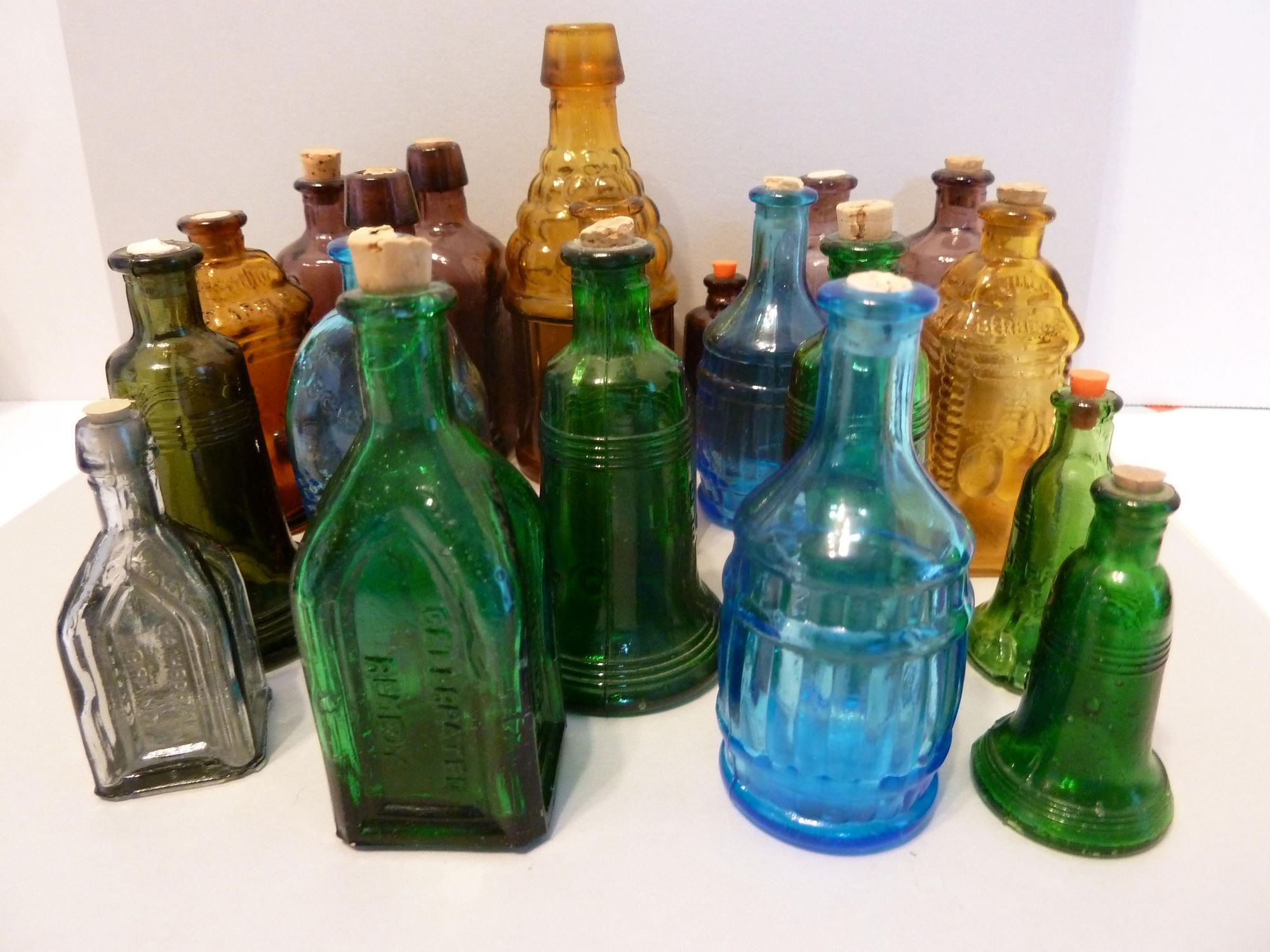
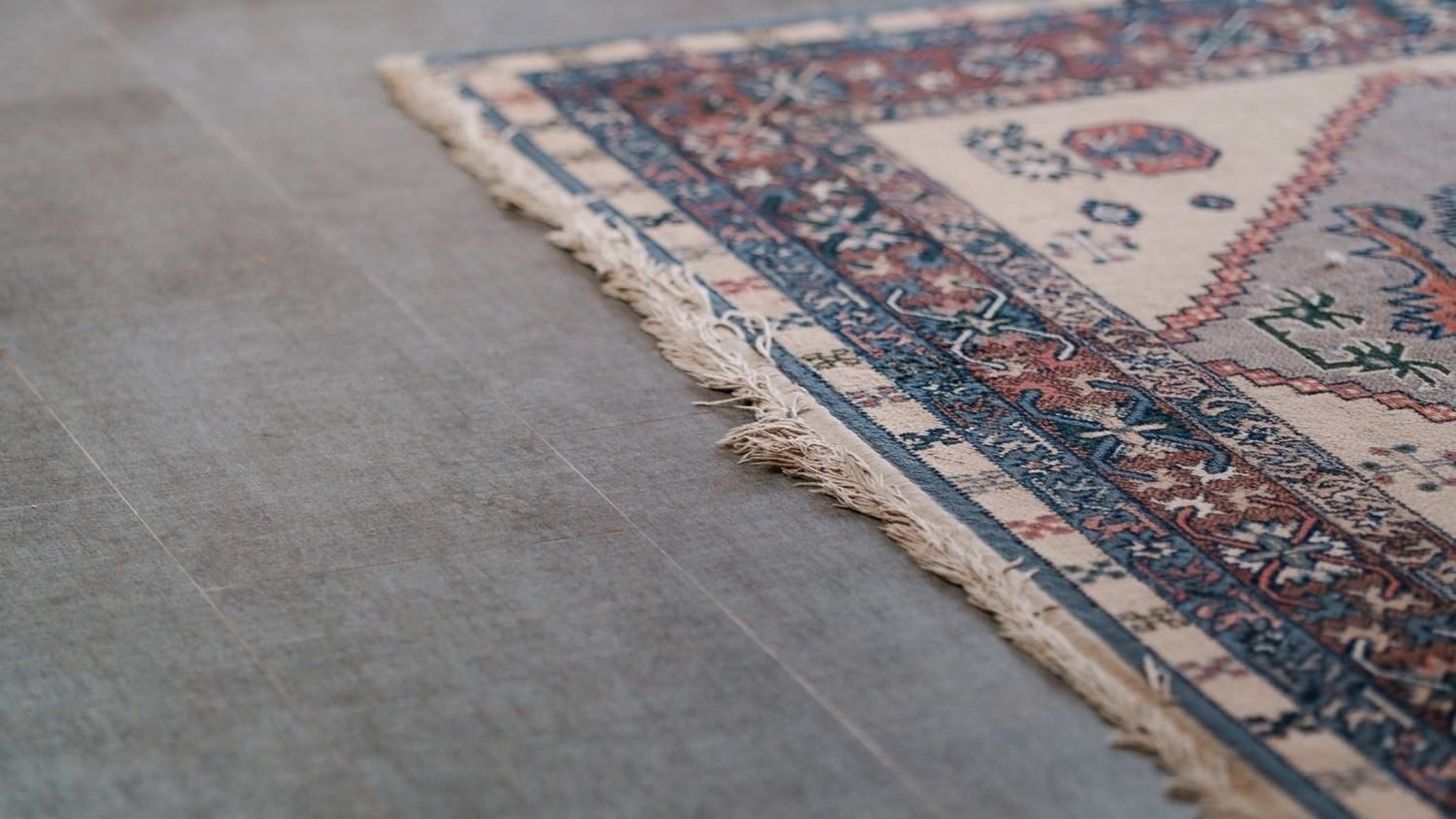







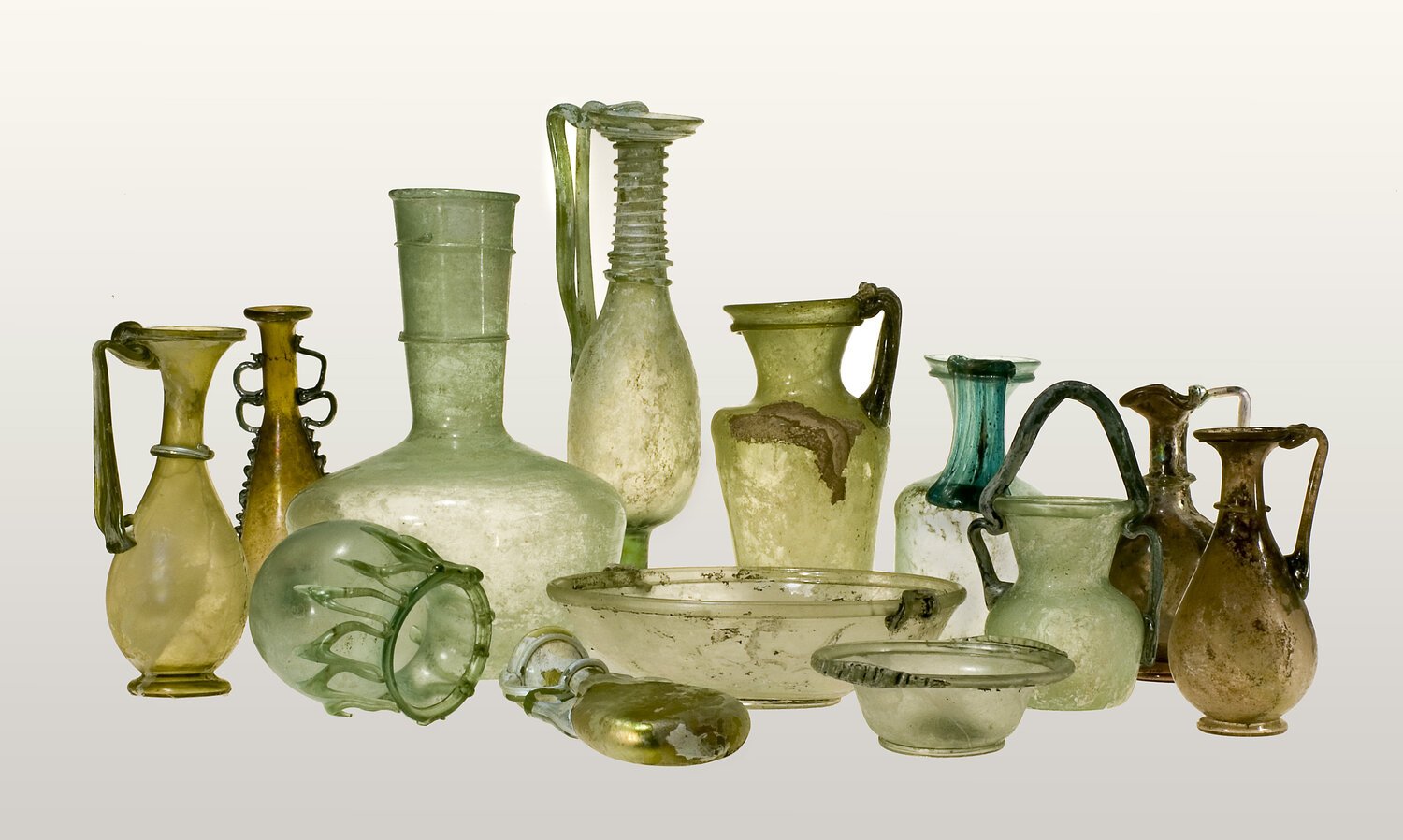

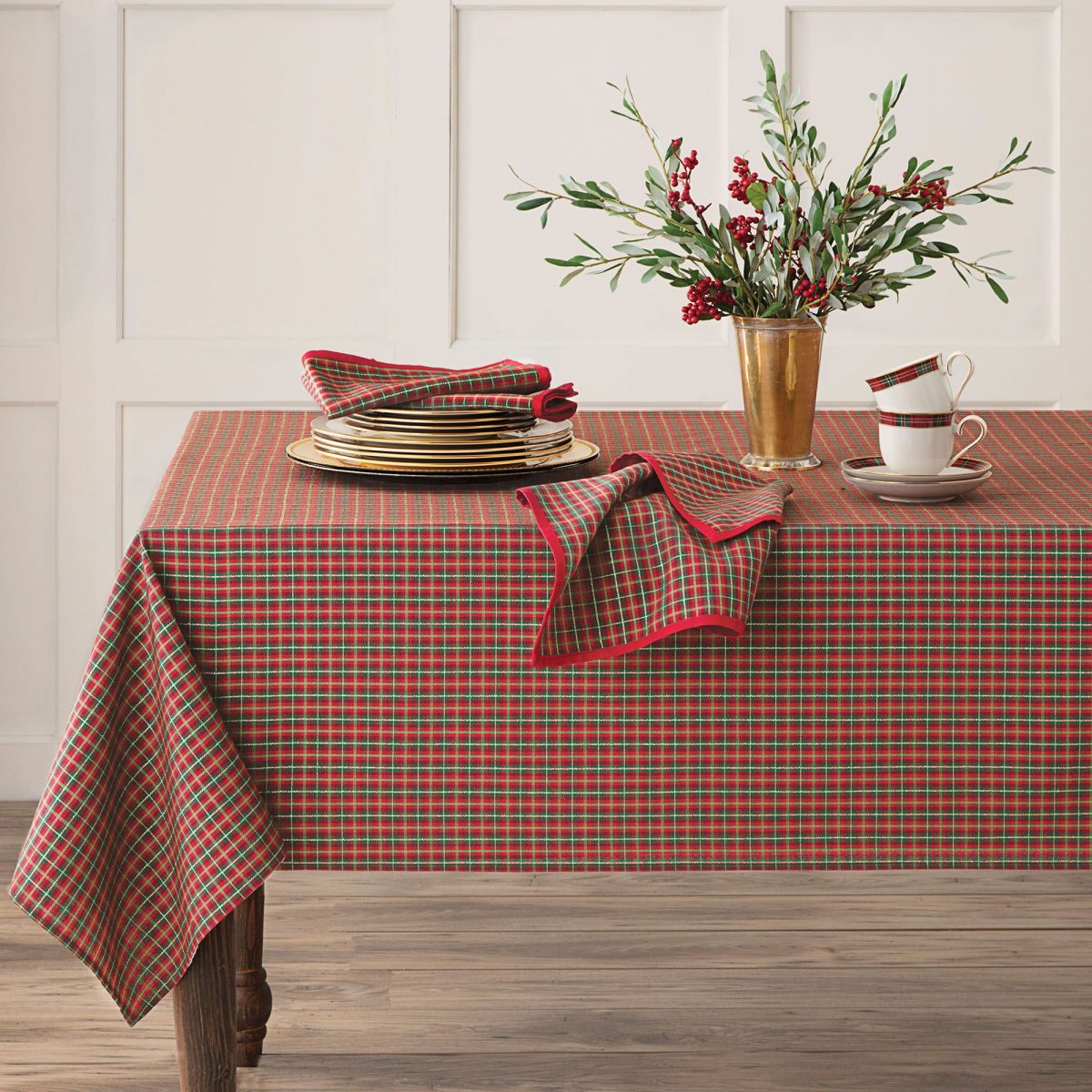



0 thoughts on “When Were Wine Glasses Invented?”